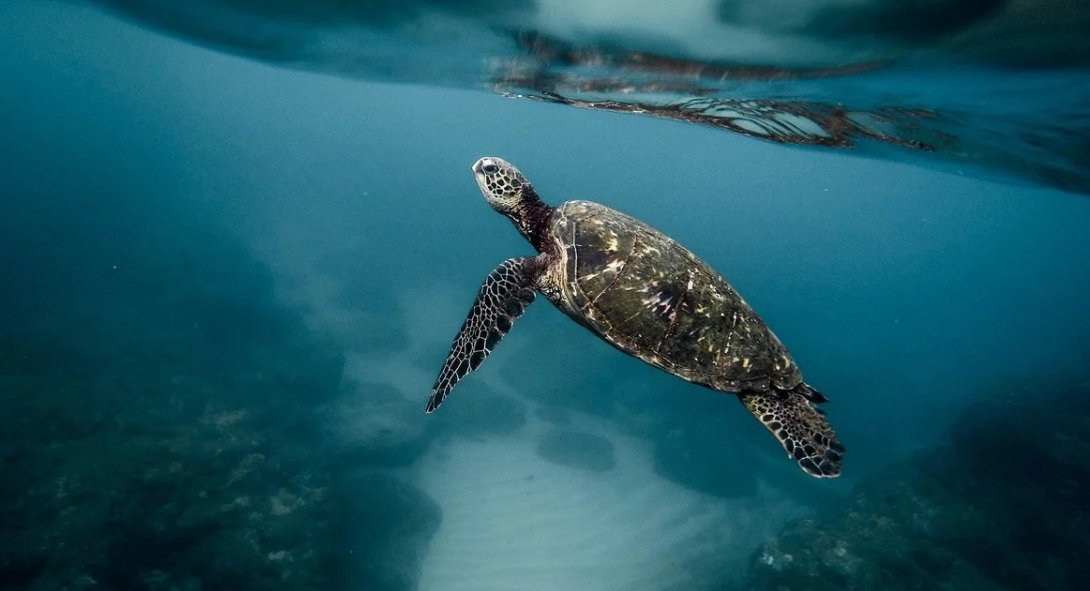
The last event of this magnitude occurred more than twenty years ago in India. Over the past two weeks, 400 olive ridley turtles, an endangered species, have been found dead, washed up near the city of Chennai on the country’s eastern coast.
Typically, the city reports the death of between 100 and 200 adult turtles annually along its coastline. This year, however, the numbers could surge in 2025, as « this year, we have already surpassed 200 dead turtles in just over two weeks, » said Shravan Krishnan, a volunteer with the Students Sea Turtles Conservation Network based in Chennai.
How did these turtles die? Experts believe they were likely drowned in giant fishing nets placed at the ocean’s bottom. According to Shantanu Kalambi, a marine veterinary specialist with the conservation organization ReefWatch, once the turtles are captured by trawlers, they cannot surface to breathe.
Measures have been put in place to prevent such events. A government order was implemented in 2016 to prohibit the installation of giant nets within five nautical miles (9.26 kilometers) of the shore during the turtle nesting period. The use of turtle exclusion devices, which allow the reptiles to escape from nets, was also made mandatory. However, this device has reportedly never been adopted by fishermen, as it would reduce their catch.
Turtle Reproduction, Essential and Increasingly Difficult
Another factor potentially contributing to the mass die-off is the decline in the number of nests on Indian beaches. In Chennai, « we have found only four nests so far, » said Shravan Krishnan in an interview with AP News. This unusually low number, which he describes as « very worrying, » may be linked to several factors: the intensification of human activity along the coasts, light pollution disorienting baby turtles, and rising average temperatures.
Each year, 500,000 turtles nest on Indian beaches. It is estimated that only one in 1,000 will survive to adulthood and reproduce.
According to Shantanu Kalambi, the disappearance of sea turtles would have serious ecological consequences: « As a species, they play a critical role in the food chain. » Since olive ridleys primarily feed on jellyfish, their numbers could explode if the turtles were to go extinct, taking advantage of the absence of their predator. Such a proliferation could disrupt marine balance and have harmful effects on the ecosystem.

